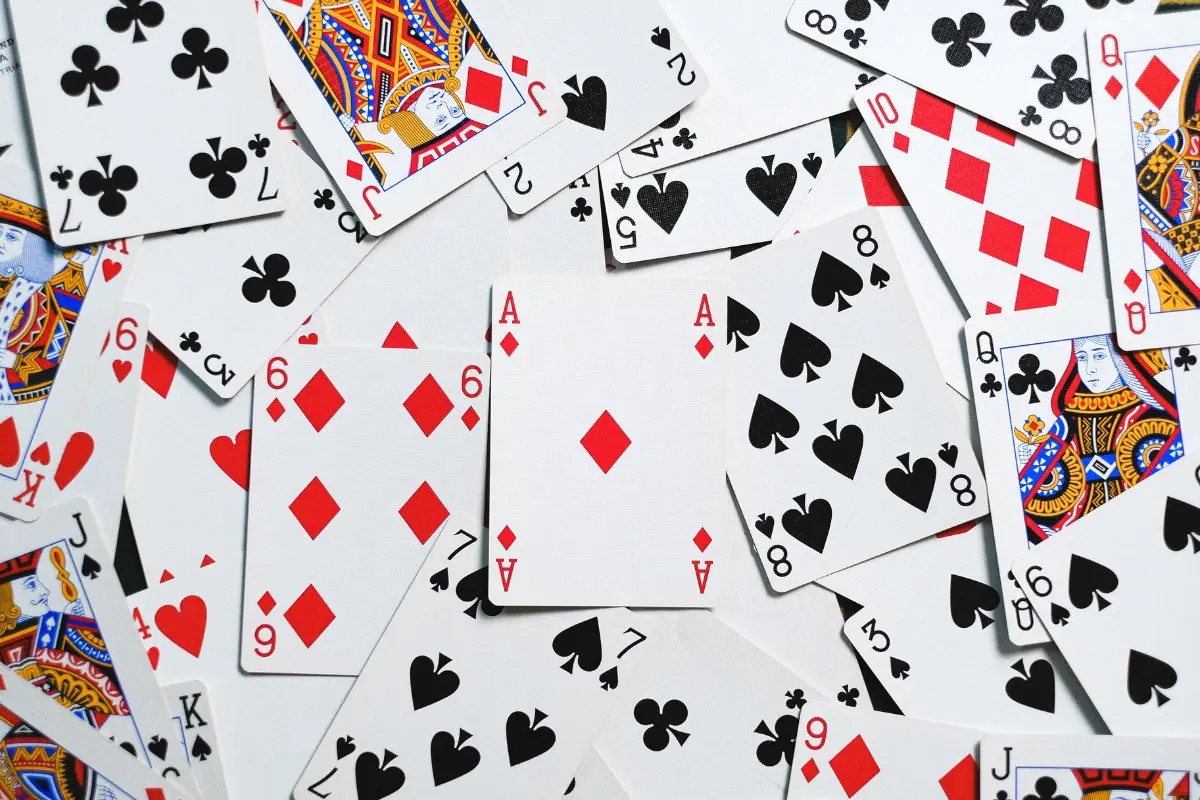The clatter of cards, the focused glint in players’ eyes, the adrenaline rush as you try to outpace your opponent – these are the hallmarks of a speed card game. More than just a pastime, these games are a thrilling test of reflexes, strategy, and mental acuity, often packed into a fast-paced, frenetic experience.
From simple matching games to complex strategic battles played at breakneck speed, the world of speed card games offers something for everyone. Let’s delve into this exciting realm, exploring its various forms, the skills it cultivates, and the enduring appeal that keeps players coming back for more.
What Defines a Speed Card Game?
At its core, a speed card game emphasizes quick thinking and rapid action. Unlike turn-based games where players have ample time to strategize, speed games demand instant decisions and lightning-fast reflexes. The objective is often to be the first to deplete your hand, complete a specific objective, or simply outmaneuver your opponent in real-time. This emphasis on speed differentiates them from traditional card games like Bridge or Poker, where strategy unfolds over a more deliberate pace.
Several key elements contribute to the frenetic energy of a speed card game:
- Simultaneous Play: Many speed games involve players acting simultaneously, eliminating the downtime between turns and creating a dynamic, competitive environment.
- Real-time Decisions: The pressure of making split-second choices is a defining characteristic. Hesitation can mean the difference between victory and defeat.
- Fast-Paced Action: The gameplay is designed to be quick and continuous, with minimal interruptions. This constant flow keeps players engaged and on their toes.
- Simplified Rules: While some speed games can have strategic depth, the core mechanics are often straightforward, allowing players to quickly grasp the basics and jump into the action.
A Kaleidoscope of Speed Games
The world of speed card games is remarkably diverse, encompassing a wide range of gameplay styles and complexities. Here are just a few examples:
- Slapjack: A classic children’s game, Slapjack relies purely on reflexes. Players flip cards from a shared deck, and the first to slap the Jack wins the pile. It’s a chaotic and fun introduction to the concept of speed-based card games.
- Speed (or Spit): This two-player game pits opponents against each other in a race to discard their cards. Players have their own tableau and must match cards to central piles, discarding as quickly as possible. Speed requires both quick hands and strategic planning to manage your tableau effectively.
- Dutch Blitz: A more complex and strategic speed game, Dutch Blitz involves four players simultaneously managing their own decks and tableau. Players must match cards to central “blitz” piles while managing their own “woodpile” and “post” piles. It’s a challenging and engaging game that requires both speed and strategic thinking.
- Ligretto (or Italian Blitz): Similar to Dutch Blitz, Ligretto involves multiple players racing to empty their individual decks by playing cards onto shared piles. The added element of color matching adds another layer of complexity.
- Nerts (or Canfield Solitaire): This solitaire-based speed game can be played with multiple players, each racing to complete their own tableau. It combines elements of solitaire with the competitive aspect of speed games.
- Card Games with Speed Rounds: Even traditional card games can incorporate elements of speed. For example, some variations of Solitaire or even trick-taking games can include timed rounds or bonus points for quick play.
The Skills Honed by Speed
Beyond the sheer fun and excitement, speed card games offer a surprising array of cognitive benefits:
- Improved Reflexes: The constant need to react quickly sharpens reflexes and hand-eye coordination.
- Enhanced Cognitive Processing: Players must process information rapidly and make split-second decisions, improving cognitive processing speed.
- Strategic Thinking Under Pressure: While speed is paramount, strategic planning is still crucial. Players must learn to anticipate their opponents’ moves and manage their resources effectively, even under pressure.
- Increased Focus and Concentration: The fast-paced nature of speed games demands intense focus and concentration, helping to improve these crucial skills.
- Boosted Spatial Reasoning: Many speed games involve managing multiple piles or tableaus, which can enhance spatial reasoning abilities.
- Social Interaction and Communication: Multiplayer speed games often involve a degree of communication, even amidst the chaos, fostering social interaction and teamwork (especially in cooperative variations).
The Enduring Appeal of Speed
So, what is it about speed card games that continues to captivate players of all ages? Several factors contribute to their enduring appeal:
- Accessibility: Many speed games have simple rules that are easy to learn, making them accessible to a wide range of players.
- Excitement and Thrill: The fast-paced action and competitive nature of speed games create a thrilling and engaging experience.
- Short Play Time: Most speed games can be played in a relatively short amount of time, making them ideal for quick bursts of fun.
- Social Interaction: Multiplayer speed games provide a great opportunity for social interaction and friendly competition.
- Mental Stimulation: The need for quick thinking and strategic planning provides a mental workout that can be both challenging and rewarding.
- Variety: The sheer variety of speed card games ensures that there’s something for everyone, from simple matching games to complex strategic battles.
Beyond the Tabletop
The influence of speed card games extends beyond the physical tabletop. The principles of real-time interaction and rapid decision-making have found their way into digital games, particularly in the realm of real-time strategy (RTS) and action games. The skills honed in speed card games, such as quick thinking and hand-eye coordination, can even be beneficial in these digital environments.
A Timeless Pastime
From the simple joy of slapping a Jack to the strategic intensity of Dutch Blitz, speed card games offer a unique blend of fun, challenge, and social interaction. Their accessibility, fast-paced action, and cognitive benefits contribute to their enduring appeal. Whether you’re looking for a quick game to liven up a gathering or a challenging mental workout, the world of speed card games has something to offer.
So, gather your friends, shuffle the deck, and get ready for a thrilling ride where only the fastest and most strategic will prevail. The need for speed is timeless, and these games continue to deliver the excitement and challenge that players crave.

